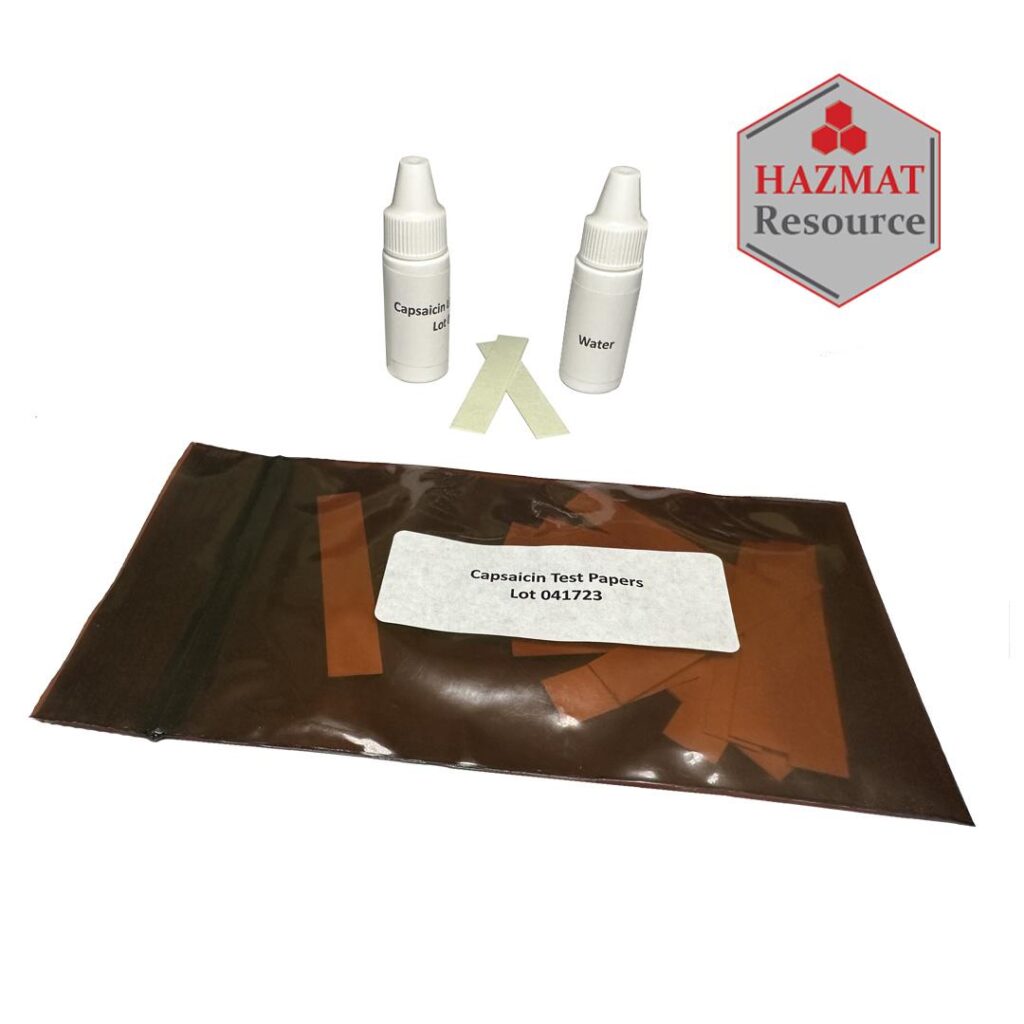Table of Contents
- Frequency Guidelines for Testing Your Pepper Spray Canister
- Signs Your Pepper Spray May Need Immediate Testing
- Step-by-Step Methods for Safely Testing Your Pepper Spray
- Best Practices for Maintaining Peak Pepper Spray Performance
- Wrapping Up
Frequency Guidelines for Testing Your Pepper Spray Canister
To maintain the effectiveness and reliability of your pepper spray canister, regular checks are crucial. Experts generally recommend a quick functionality test every 6 months to ensure the spray dispenses properly and hasn’t clogged or degraded. Additionally, perform a thorough inspection to check for any signs of leakage, damage to the canister, or expiration dates that might compromise its potency. Remember, unleashing a canister beyond its expiration may fail in an emergency, so staying proactive with these routine evaluations can save you from potential risks.
While routine physical testing is helpful, it’s equally important to consider environmental factors that might affect your pepper spray’s lifespan. For instance, extreme heat or cold can weaken the canister or chemical formula, so if you live in such climates, you might want to increase testing frequency to every 3 to 4 months. Incorporate these simple checks into your safety habits:
- Inspect the spray nozzle for blockages or damage
- Check for visible rust or dents on the canister
- Verify the expiration date on the label
- Confirm the safety mechanisms are intact and functional
Signs Your Pepper Spray May Need Immediate Testing
If you notice any irregularities with your pepper spray canister, it’s crucial to address them without delay to ensure your personal safety. One of the most obvious signs is visible damage to the container, such as dents, cracks, or corrosion. These defects can compromise the integrity and pressure of the canister, rendering it ineffective. Additionally, if you hear a hissing sound when the spray is not in use, this could indicate a slow leak, further diminishing its reliability in an emergency.
Other warning signs may not be as immediately noticeable but are equally important. Pay attention to any changes in the spray’s consistency or color during a test discharge; a watery or discolored spray might signal that the formula has degraded. It’s also wise to keep track of how long you’ve had the canister-most manufacturers recommend testing or replacing pepper spray every 1 to 4 years. If you’ve lost track of the purchase date or have never tested it, now is the perfect time to perform an evaluation.
- Physical damage on the canister surface
- Leaking or hissing sounds
- Unusual spray consistency or color
- Unknown or expired purchase date
Step-by-Step Methods for Safely Testing Your Pepper Spray
Before conducting any test, choose an open, well-ventilated outdoor area away from people, pets, and flammable materials. Equip yourself with protective gear such as goggles and gloves to avoid accidental exposure. Begin by holding the canister upright and ensure the safety lock is fully disengaged. Aim the spray away from your body and towards a neutral target, like a wall or the ground, and press the trigger for a quick burst lasting no more than one second. This brief spray will confirm the nozzle’s functionality and the propellant’s pressure without wasting the canister’s contents.
After testing, visually inspect the canister for any damage or corrosion, and listen for any irregular hissing sounds that could indicate leaks. If you encounter resistance or clogging while spraying, gently clear the nozzle with a soft cloth or replace it if removable. Additionally, keep track of your testing dates in a log, noting any performance changes. Regular checks done every 4-6 months maintain optimal reliability while avoiding overuse that might deplete your pepper spray prematurely.
Best Practices for Maintaining Peak Pepper Spray Performance
To ensure your pepper spray canister functions optimally when needed, regular inspection and maintenance are crucial. Begin by checking the expiration date stamped on the canister-pepper spray typically has a shelf life of 2 to 4 years. Beyond the date, inspect the nozzle for any blockages or damage and conduct a quick functionality test by briefly spraying a small burst in a safe, controlled environment. This practice helps confirm that the spray mechanism is operational and prevents unexpected malfunctions in critical moments.
Incorporate these key steps into your routine care regimen:
- Store the canister in a cool, dry place to prevent pressure loss or leakage.
- Shake the canister gently every few months to keep the formula well-mixed.
- Replace the canister immediately if you notice any physical damage or if it fails to discharge properly during testing.
- Inform yourself on legal restrictions for carrying and using pepper spray within your area, as regulations may change.
Wrapping Up
Regularly testing your pepper spray canister is a simple yet essential step to ensure it will work when you need it most. By establishing a consistent testing schedule-typically every six months to a year-you can maintain confidence in your personal safety tool’s reliability. Remember to always follow the manufacturer’s guidelines and handle your canister with care during testing. Staying proactive about your pepper spray’s condition not only maximizes its effectiveness but also gives you peace of mind. Stay safe, stay prepared!Check Our Other Blogs
- StunGun – Your Trusted Source for Stun Guns, Laws, and Self-Defense Tips
- PepperSprayLaws – Your Trusted Resource for Pepper Spray Information
- StunGunLaws – Your Trusted Guide to Stun Gun Legality and Safety




